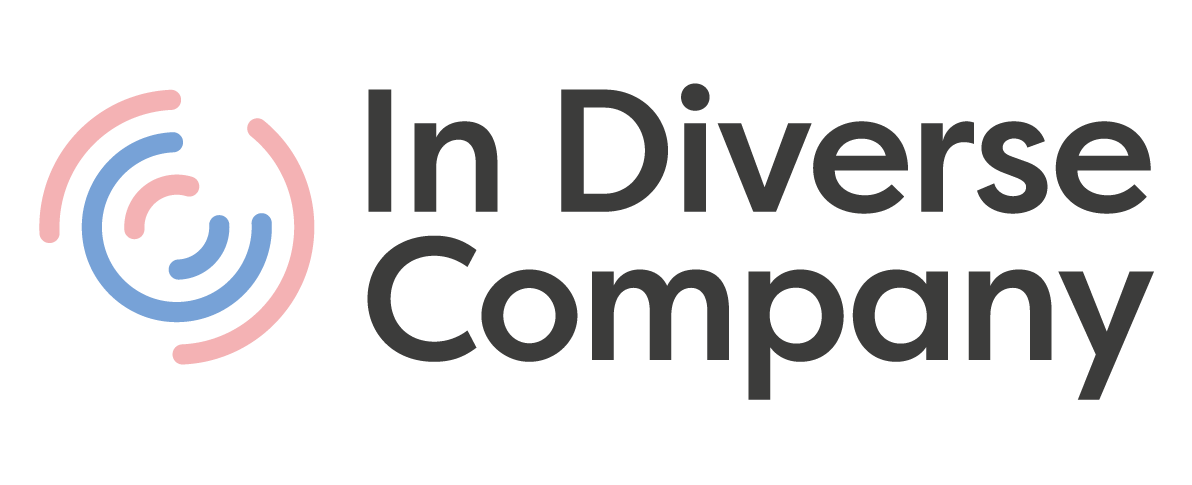Diversity and Inclusion is hands down one of the biggest trends in the corporate world right now. We are increasingly seeing case studies that prove that an investment in Diversity and Inclusion positively impacts and delivers against more easily achieving broader business goals and provides competitive advantage.
At IDC, we are a team of qualified people, psychology, data and technology experts, with a unique view on the D&I space. We take a fresh look at the widely known and yet sparsely practiced business case for diversity and inclusion. We can guarantee that including diversity of thoughts and perspectives of employees from the senior team right across the business makes for better decision making and adds value, whether it be for-profit or otherwise.
Even in the short space of time since IDC was set up, we have seen D&I rise even higher on the business agenda, however this hasn’t necessarily resulted in the business and societal change we may expect. Even companies that are committed to D&I are finding it difficult to drive impactful change in this area – often as it is such a huge, complex issue to solve.
From our experience we’ve seen how challenging it is for organisations to understand their individual D&I scenarios, what is required to bring about the right changes and how to measure success. This is why organisations find it difficult to develop their D&I strategies that will have impact and drive results.
So, what is the answer? What are the components of a successful D&I Strategy?
Our own research shows that the following four focus areas that can support developing a D&I Strategy that will result in success: big data, technology, psychology and behaviour change.
- Big Data
The first area of focus is to develop insights from your company’s data to see what’s working, identify bottlenecks and rectify mistakes. When businesses identify key metrics and objectives and establish the means of collecting time-series data, critical trends and insights become visible. Data provides an accurate picture of where the issues lie and gives an objective view. Most importantly, data doesn’t only help make decisions that will help the organisation’s progress today but ensures future continued success.
- Technology
Leveraging your technology to create a shared way of working. Technology enables employees to be engaged no matter where in the world they are working. Deploying unique technology can also help provide added opportunities for disabled employees and employees of all generations who have different experiences. Technology provides insights into individual biases and even mitigates them. Technology is the enabler of rapid D&I change that becomes ingrained completely within the organisation.
- Psychology
D&I is not about solely relying on data, it’s about ensuring your strategy incorporates the human dimension of the organisation, i.e. people’s psychology. The feeling of inclusion is a psychological need. D&I is about people and therefore It is essential to have a nuanced understanding of people – both leaders and employees – and their psychology to know what drives them and why they act the way they do. Understanding the numbers alongside a clear psychological narrative is what draws the complete picture.
- Behaviour Change
Individuals behave according to biases that are deeply ingrained in their social context. A successful D&I strategy brings about a fundamental change in employees’ behaviours by addressing the concept of unconscious bias and help them adapt their behaviours. This is not about one-off training sessions; you want people to incorporate this into their daily lives at work by building new habits and putting them into action.
Finally, the execution of a successful strategy is underpinned by leadership. Leaders develop the environment for employees to be their best selves by understanding them and their behaviours. A successful D&I strategy will need leadership that believes the importance of a diverse and inclusive organisation to drive commercial results and act as role models in everything they do to embed an inclusive culture.




